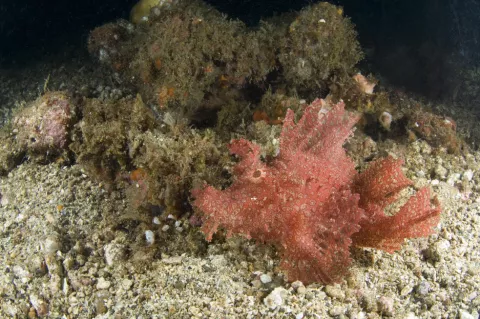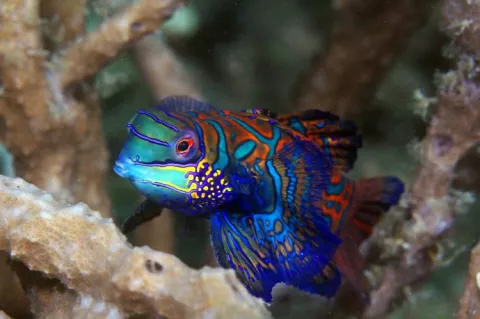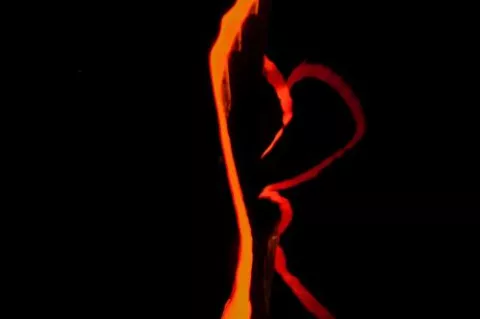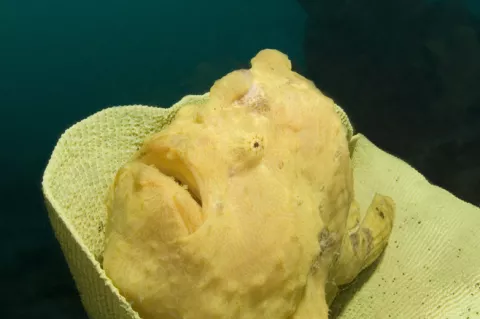Fish-Eye for Critters
The apparently contradictory choice of adding teleconverters to fish-eye lenses to obtain arresting “wide-macro” images has long been adopted by many rainforest and insect specialists—notably Frans Lanting, the grand master of them all—while several Japanese authors have pioneered its use in underwater photography since the last decade.




